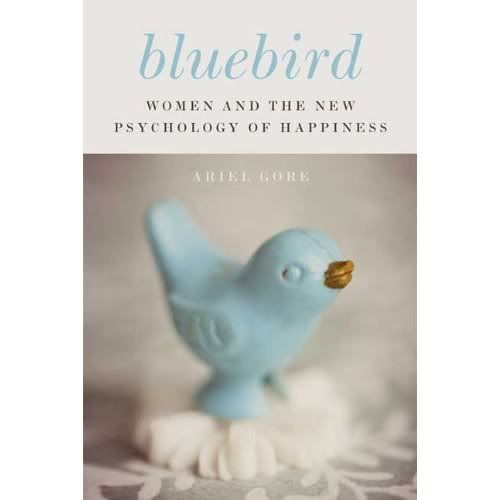The Intersectional Feminist proudly presents June’s guest writer, Jillian Schweitzer. Jillian is a writer and photographer, currently pursuing graduate work. She is working on a book of poetry and lives in Maryland.

Everyone has seen the media reports alerting us to the fact that feminists and the feminist movement is out to destroy families, cast children out in the street and encourage government handouts.
Safe to say that I was worried.
Then I picked up the latest from Seal Press Studies, Motherhood and Feminism by Amber E. Kinser. Kinser, a mother herself, sets out to debunk myths about feminism and motherhood and get the conversation started about mothers today. The book starts with the Industrial Revolution and continues up to present day, all the while describing how feminists have a long history of fighting for mothers and mothers’ rights, as well also helping mothers fight for themselves. Of course, feminism hasn’t always been accommodating to every mother, which is why Kinser also highlights many groups or individuals that sought to help everyone regardless of race, class, ability or sexual preference.
Motherhood changed dramatically with the start of the Industrial Revolution, with the “shift…from an agrarian and domestic economy to an industry based one.” Men went to work and women were at home; dualism between private and public spheres had begun. Kinser neatly divvies up the next two hundred years into easy-to-digest chapters, which includes Seneca Falls, Black Women clubs, both world wars, the oft nostalgic 1950’s (which, interestingly enough, was the decade with the highest rate of teen pregnancy to date), the Civil Rights movements, the bloated and consumer driven 1980’s with Reagan at the forefront, then moving into the late 20th century and finally, the blogging world. Her research is extensive, including many areas of intersectionality, such as race, class, ability, gender and sexual orientation. Admittedly, able-bodied privilege and LGBT issues are not mentioned as much as I would have preferred, but she does touch on them periodically throughout the book. While the book does mention activists and movements that range internationally, the book does have a Western slant to it, although admittedly it would be difficult to do a starter book globally about motherhood and its history.
The reader does get a good grasp on both motherhood’s recent history and how feminism has helped with the progression of the movement. One of the big themes in the book is how motherhood and the mothers involved challenged the aforementioned dualism between the public and private sphere to push for social and economic justice. In the later chapters, several organizations are mentioned, including United Mothers Opposing Violence Everywhere (UMOVE), The Motherhood Project, Mothers on the Move or Madres en Movimiento (MOM), INCITE! Women of Colors Against Violence, Ariel Gore’s Hip Mama community, Family Equality Council, and Mothers Ought to Have Equal Rights (MOTHERS). These are just some of the many groups advocating and providing resources for mothers and children.
The book wraps up with a long quote from theorist and feminist writer Patricia DiQuinzio, stating six concerns that the motherhood movement must contend with — readers will note that her critique, in a more broad sense, applies to contemporary feminist movements:
“Resisting the mass media’s tendency to use stereotypes of mothers that divide and pit them against each other… stretch the movement so that every kind of mother can fit comfortably… the movement must refuse to adopt a good mother/bad mother dualism… movement activists must work to bring young women into the movement… to be vibrant and promising movement, a mothers’ movement must forge alliances with mothers and others who do different kinds of caregiving work… finally, the mothers’ movement must support reproductive and abortion rights as part of the movement agenda.”
Kinser has delivered another great addition to the Seal Studies library, examining a history which many of us do not stop to consider as being important. While feminist movements have certainly not been perfect or completely inclusionary, many activists throughout history have continued to make great strides for mothers. Perhaps more importantly, these movements have helped mothers to make their own strides. Motherhood and Feminism is an enjoyable and informative read and one that I would recommend.


